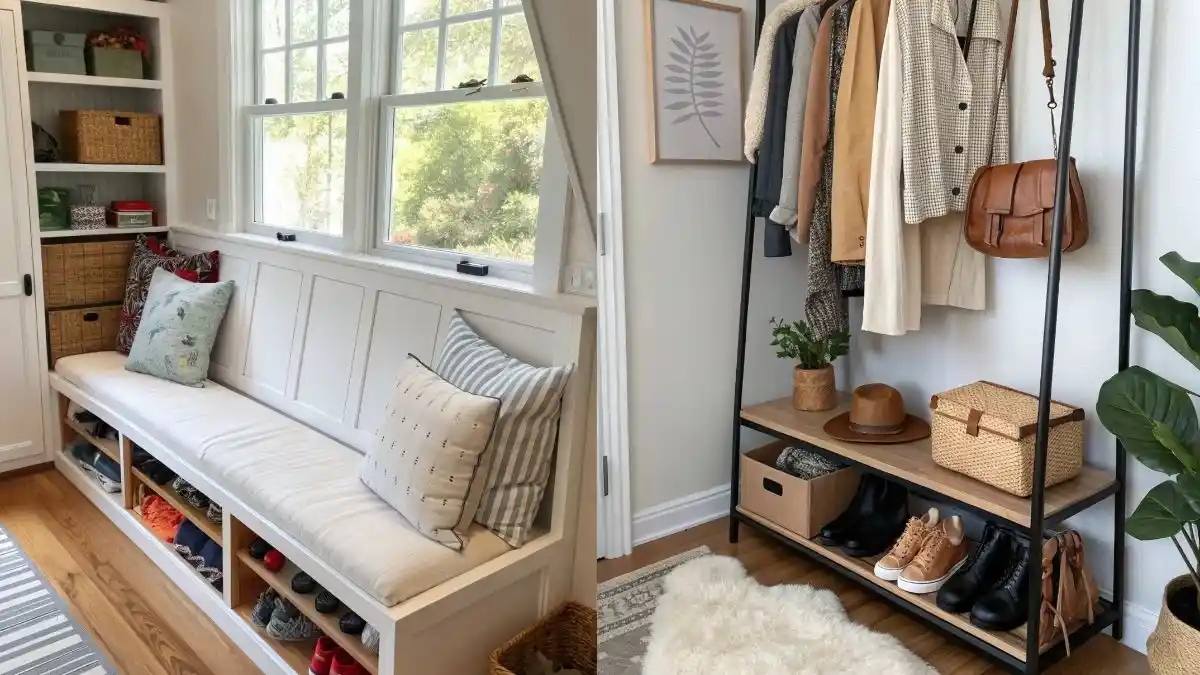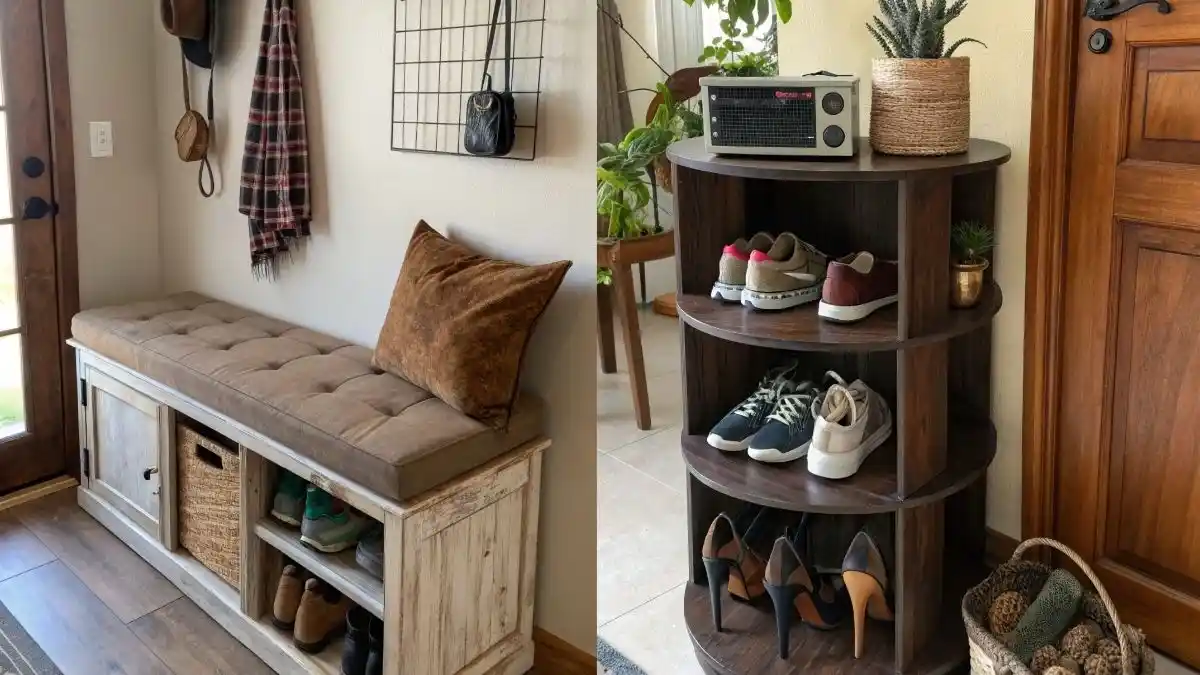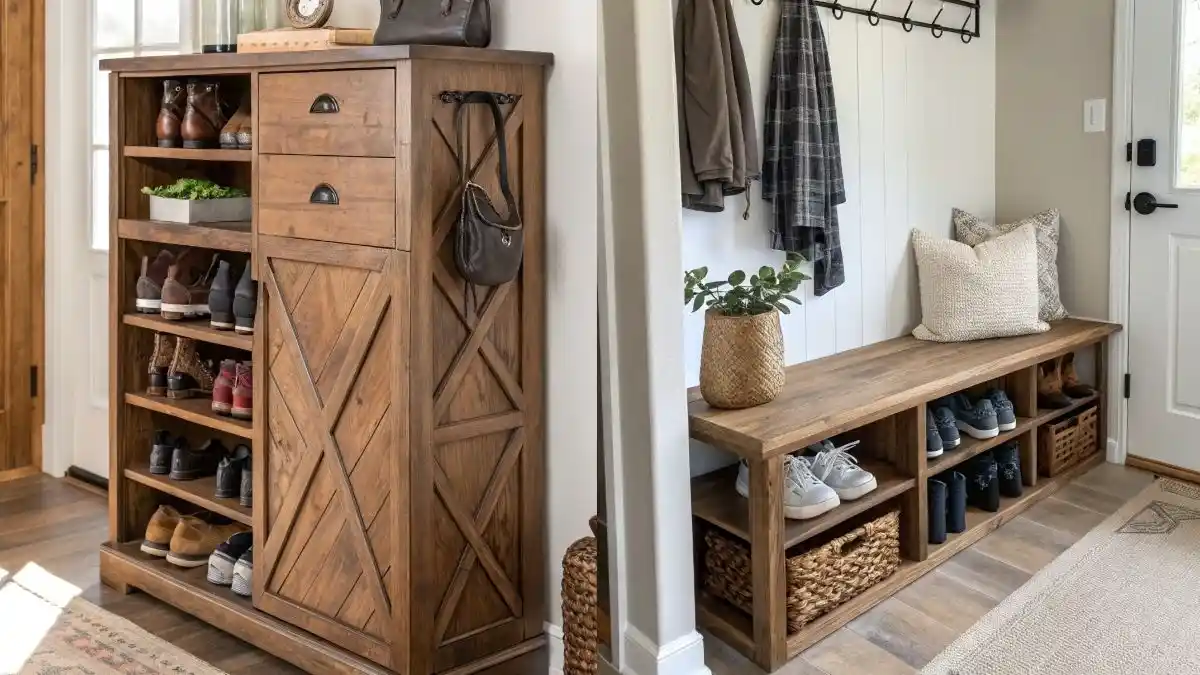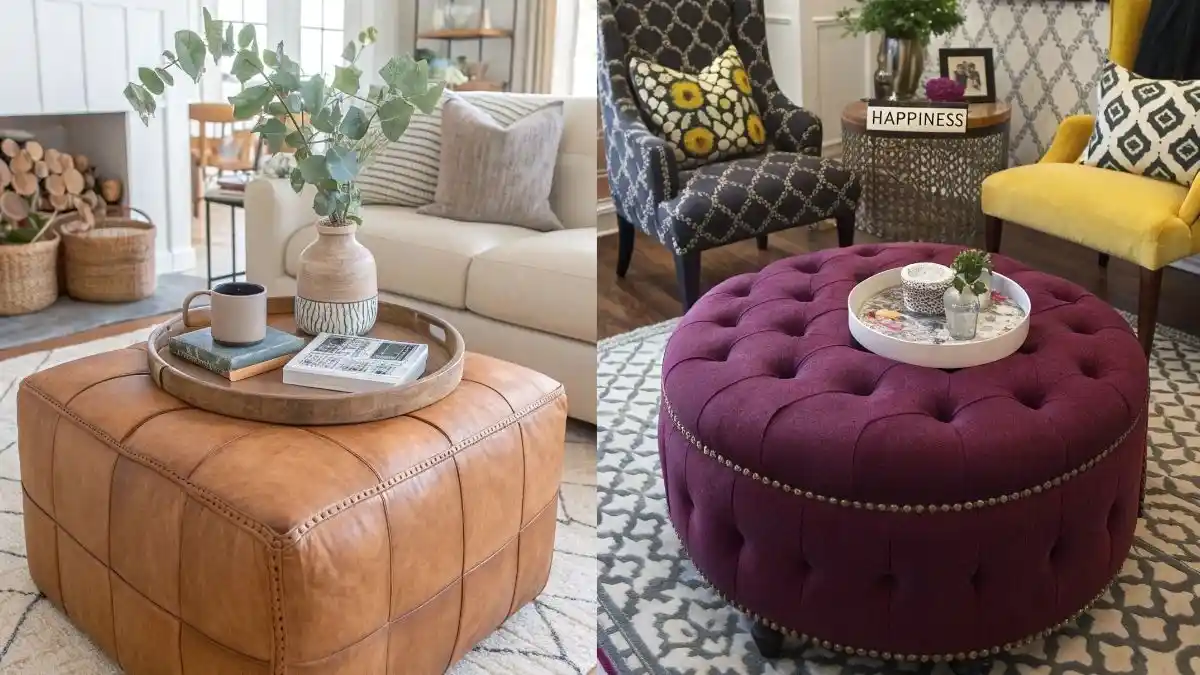Ever looked at those cute little red bugs with black dots and thought, “Huh… what do they even do?” Well, let me tell you—they aren’t just for looks.
Ladybugs (also called ladybirds) are true garden heroes. They munch on pests like aphids, which mess with your plants. So if you’re trying to keep your garden healthy without spraying a bunch of chemicals, these little guys are your best friends.
In this guide, I’ll show you easy ways to attract more ladybugs into your backyard. It’s not hard—just takes a little patience and the right setup.
Why You Even Want Ladybugs Around
So here’s the deal: ladybugs eat pests. Mostly aphids, but also mites, scale bugs, whiteflies—you name it.
One ladybug can eat up to 50 aphids a day. That’s wild. And they don’t stop when they’re full—they lay eggs too, and you end up with a whole new generation of bug warriors. Nature doing its thing.
Make Your Garden Feel Like Home
If you want ladybugs to show up, you’ve got to give them what they like—food, water, and shelter.
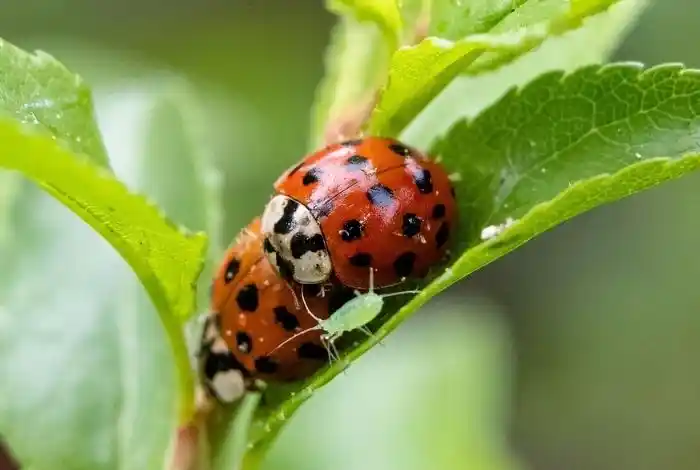
Provide Food
Ladybugs mostly eat aphids, but they’ll also sip nectar when pests are scarce. So you’ll want to have both around.
Try companion planting—grow plants that attract aphids and produce nectar. That way, ladybugs will show up and stick around.
Flowers That Attract Them
Ladybugs love certain blooms. They’re into soft, easy-access flowers with lots of pollen. If you want to see them more often, plant:
- Yarrow
- Fennel
- Dill
- Calendula
- Marigold
- Sweet Alyssum
These not only add color, but keep ladybugs well-fed and interested in staying.
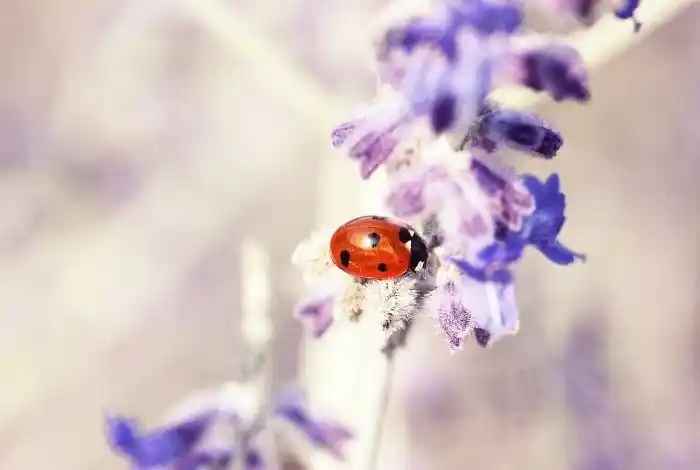
Safe Hiding Spots
Like us, ladybugs want to rest somewhere safe from wind, rain, and birds.
You can help by:
- Planting low-growing ground covers where they can hide
- Using mulch and leaves to make mini shelters
- Building a bug hotel—just bundle sticks, bark, or tubes in a container
Providing shelter encourages them to settle in, especially during bad weather.
Build or Buy a Ladybug House
Want to treat your ladybugs right? Set up a ladybug house. Think of it as their own little garden studio apartment.
Types You Can Use
There are a few kinds you can try:
- Bug hotels – made from wood, straw, bamboo, and bark. They’re great for ladybugs and other good insects.
- Wooden boxes – drill holes into a small box for a simple DIY shelter.
- Modified birdhouses – if it has a roof and some holes, it works! It just needs to stay dry and safe.
Where to Place It
Where you put your ladybug house matters. Follow these tips:
- Place it near aphid-infested plants or flowers they like
- Install it 3–6 feet off the ground—they like it a little higher up
- Choose a spot with partial shade so they don’t overheat
Location can make or break their stay.
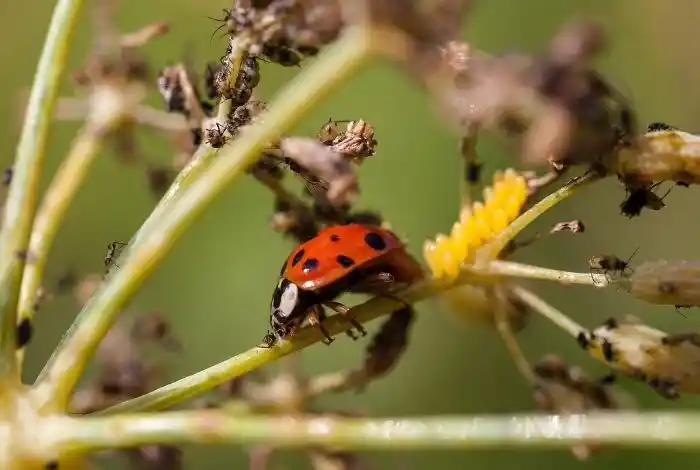
Keep It Clean
Like any house, you’ve got to maintain it a bit.
- Check it every now and then
- Clear out debris or cobwebs
- Make sure it’s not falling apart
- Avoid spraying chemicals nearby—that’ll scare them off
A clean, safe spot keeps them coming back.
Benefits (Besides Being Cute)
Ladybugs do way more than just look nice. They:
- Destroy aphids and mites that harm plants
- Keep pest numbers down without chemicals
- Help you grow a healthier, more balanced garden
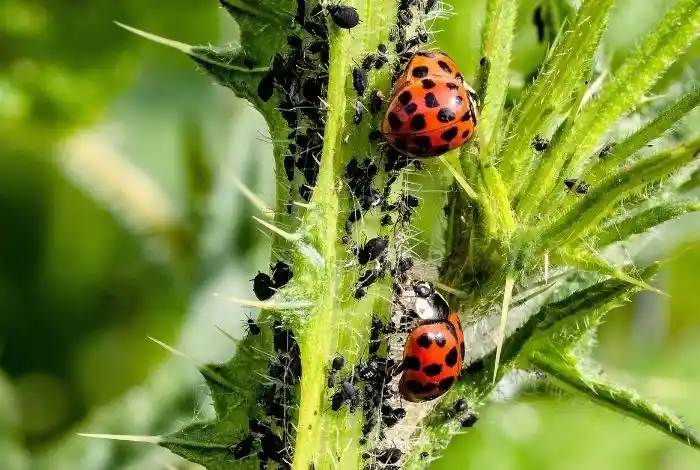
Plus, they support local biodiversity. Birds, pollinators, and other good bugs rely on them in the food chain.
In my garden, I’ve noticed stronger plants, fewer infestations, and a much happier outdoor space since they moved in.
Want a Quick Boost? Buy Some
If you’re impatient (no shame), you can buy ladybugs online or at garden centers.
They often come in a little box or container as larvae or adults. Release them near plants with aphids, and do it early in the morning or at dusk so they don’t fly off right away.
Water the area first to help them feel at home.
Wrap It Up: Roll Out the Welcome Mat
So that’s it—ladybugs are tiny, but they do big work. If you want a low-maintenance way to handle pests, make your yard ladybug-friendly.
Plant what they love. Give them places to hide. Build a house or buy a bunch. Whatever works for you.
They’ll help your garden without harsh sprays and chemicals. And they’re just nice to have around, you know?
Welcome ladybugs into your garden—and watch everything grow better, naturally.

